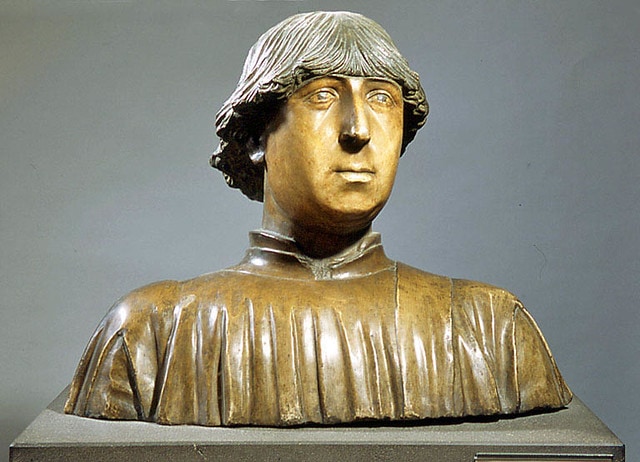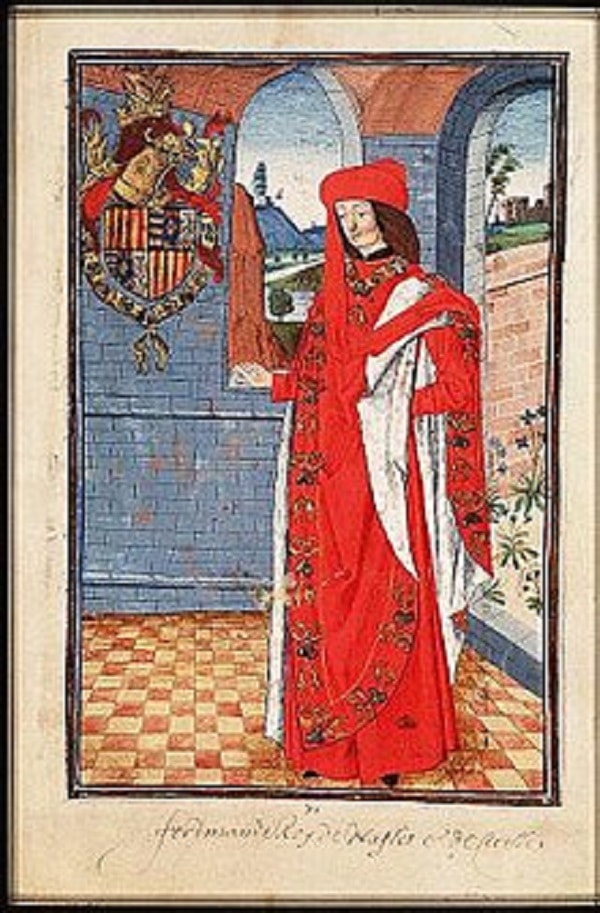The unholy trinity of Hitler, Stalin, and Mao, are the modern era’s most brutal and deadly rulers. Unfortunately, history shows that brutal rulers are one of the few things that humanity has never lacked. Some, such as Attila the Hun and Genghis Khan, were warlords and great conquerors who brutalized the recently vanquished. Others were too timid to go to war, made no conquests whatsoever, and simply brutalized their own people at home. Below are thirty things about some of history’s most brutal rulers.

30. A Brutal King Who Kept His Enemies Close – Real Close
Ever heard the saying “keep your friends close, and your enemies even closer“? Well, King Ferdinand I of Naples (1424 – 1494), who ruled from 1458 until his death, took that line of reasoning, and ran with it to irrational extremes. By all accounts, Ferdinand was a capable ruler who brought peace and prosperity to his realm. Through diplomacy and strategic marriages, he created a dense network of interlocking friendships and alliances with other sovereigns. It made him so influential, that he was nicknamed “The Judge of Italy”. He was also a generous patron of the arts, and was an important figure in the Italian Renaissance. That was the good side of Ferdinand.

On the bad side, politics in Italy back then was not a professional fit for the squeamish. The Italian Peninsula was a jumble of various small states and independent cities, teetering on the brink of anarchy as rival aristocratic families fiercely competed for power and prestige. Betrayals, poisonings, assassinations, and wars were a commonplace, in what amounted to a real-life version of Game of Thrones, minus the dragons. Ferdinand had a brutal side that allowed him to thrive in such an environment. Remember that part about keeping enemies close? As seen below, after he disposed of his enemies, Ferdinand kept their corpses on exhibit in what came to be known as the “Museum of Mummies”.

